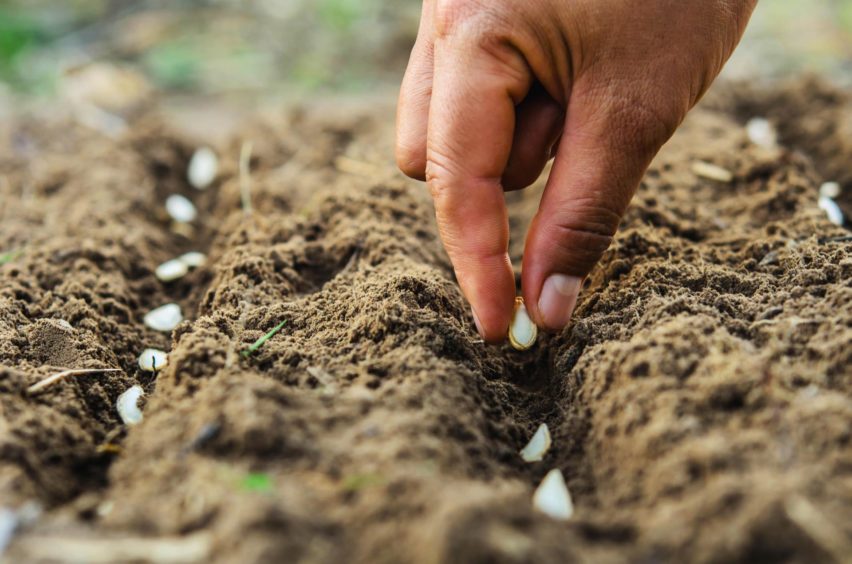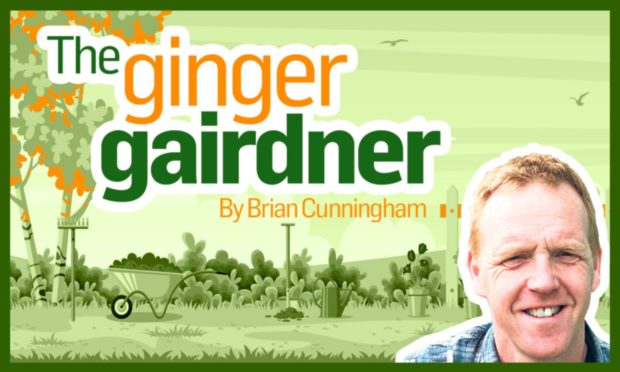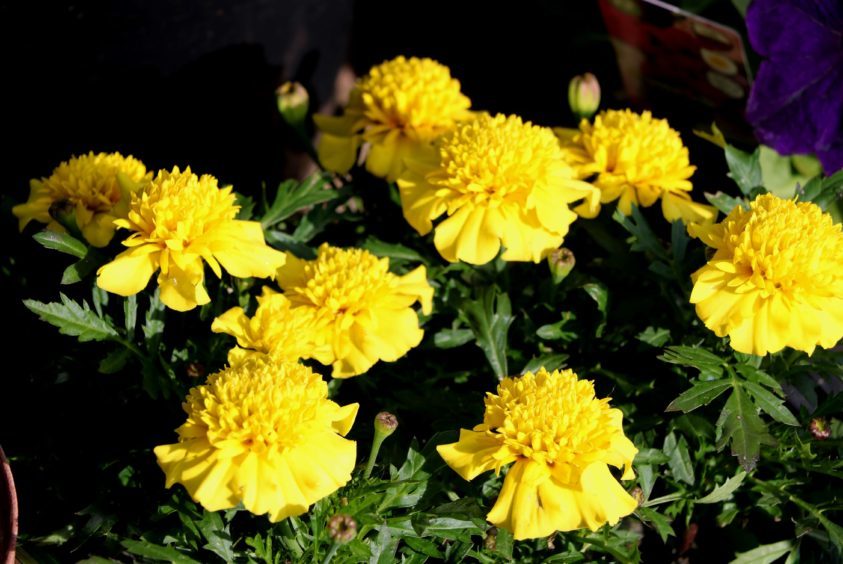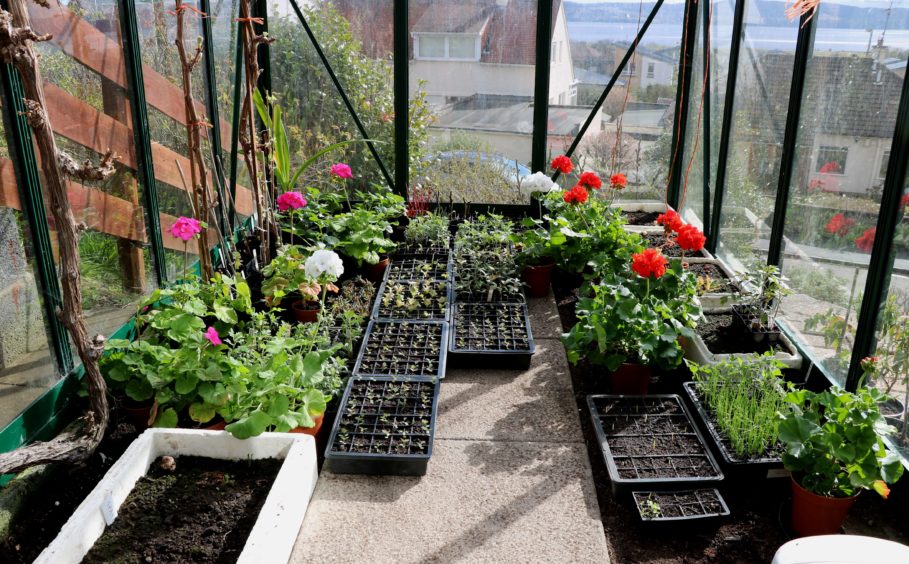I can still remember the first packet of seeds I sowed.
They were Marigolds and came free with a gardening magazine along with the seed tray and enough compost for what I would need to grow them.
I followed the instructions on the back of the pack watering them in, covering the tray with a piece of newspaper and keeping them in a warm place.
It wasn’t long before they had germinated, I couldn’t believe just how many seedlings had come up and thinking what on earth I was going to do with them all!
It was such a great feeling seeing what could be done, the display I was then able to have in my garden for the rest of the summer all from that wee handful of seeds. From then on I was hooked!
Although during my career I’ve mostly worked outdoors maintaining gardens, working with trees, smaller plants in alpine gardens, tending bowling greens and public parks, that natural instinct within us gardeners to grow and tend plants from a packet of seed, to nurse them from seedlings to plants has never gone away from me.
Challenging
Growing plants from seed is pretty straightforward but don’t get me wrong the more hooked you get moving onto speciality plants, the more challenging it can be.
Like I did a south or west facing windowsill or conservatory is all you need to germinate the seed at the start of this process.
When it comes to the next stage and how many plants you wish to ‘prick out’ and grow on well, unless you wish to risk the wrath of your better half then it would be wise not to take over any more of the shared indoor space and instead invest in the luxury of an un-heated glasshouse or even a simple cold frame will be enough to protect your young plants.
Don’t let this put you off either. One of the highlights of working on Beechgrove for me is getting to meet fellow gardeners and learning from them.
So far from visiting their homes I’ve seen cold frames made from concrete slabs and old windows from the house, plus I’ve benefited twice over the years myself acquiring unwanted glasshouses so my advise is always keep your eyes out.
One of the projects I’ve been working on the programme this year has been in the veg plot with Carole Baxter where we are looking at varieties of vegetables grown from heritage seed and from F1 seed.
Cultivation
Heritage veg varieties are those that have been in cultivation for years passed down through generations of gardeners whilst the modern F1 hybrids are seed that has been bred so to produce plants that have certain qualities such as disease resistance, crop uniformity or high yields.
It’s been fun looking at the differences and learning about the crops we are growing. I don’t mind if my cabbages are odd sizes as they are only destined for my kitchen and not the supermarket and the ‘first early’ potato we are eating called ‘Home Guard’ has been on the go since 1942.
Stories like this give a bit more meaning to our mealtimes now as whilst we are enjoying them on our dinner plates we’re thinking how important this tattie would’ve been feeding the nation back onto it’s feet after the Second World War.
The qualities of F1 seed varieties do make them a better buy but the process involved to create them does make a packet more expensive.
Going forward it’s not possible to save costs by harvesting the resulting seed from any F1 hybrid you grow as the offspring produced would not be true to the parent plant and failing to have any of the qualities you’ve grown it for in the first place.
As heritage seed varieties are open pollinated freely by nature and not as a part of any breeding programmes it is possible to use collected seed the following year.
This doesn’t necessarily mean they will come 100% true themselves, especially if you are growing a related plant nearby, but will do pretty much so.
If you fancy collecting your own seed this year then now is the time to give it a try especially with veg like lettuce, peas and runner beans.
First of all double check that the plant you want to collect seed from is not an F1 hybrid and instead of harvesting all your crop, leave some to flower then set seed.

You can mostly recognise when seed pods are ready to collect by the changing of their colour from green through to a dried up looking brown or black.
Old envelopes are handy for popping the pods into making sure to write the plant name on it and the date the seed was collected, leave on a windowsill to dry further and the seeds fall out.
Place seeds in an airtight container keeping in the fridge until ready to sow the following spring when the fun begins all over again.












